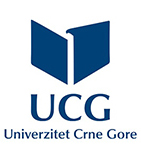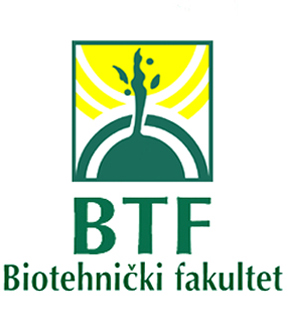| Abstract : |
This paper presents the initial research of the weed flora of cultivated fields in Bjelopavlići plain, which is the largest strip of fertile land in Montenegro. The research was launched with the aim to examine the floristic composition, structure, seasonal dynamics and biological spectrum of weed flora, and provide data which are crucial for selecting the appropriate method and time of weed control. A review list was created through sublimation of literature, herbarium data and our own field research. This list contains 212 species and subspecies classified into 133 genera and 39 families. Legumes (Fabaceae), with 17.5%, compositae (Asteraceae) with 14.2% and grasses (Poaceae) with 12.3% dominate the taxonomic spectrum of the families.
Although they are represented by a small number of species, the largest share in the total biomass is occupied by families of Amaranthaceae (0.9%) and Chenopodiaceae (1.4%), which are represented exclusively by synanthropic species. Among genera, there are some with a significant number of representatives, such as Vicia (5.7%), Lathyrus and Ranunculus (3.8%), and Medicago and Rumex (3.3%). Genera that dominate the biomass of weeds are Amaranthus, Chenopodium, Xanthium and Convolvulus, which are at the very end of the taxonomic spectrum. Considering the geographical position of Bjelopavlići plain and the environmental conditions that are under specific Mediterranean influence, and also bearing in mind that the use of agro-technical measures works in favour of the dominance of annual life forms, the biological spectrum has a terophytic character (53.3%). Phytogeographic analysis recognised the representatives of eight areal types, as well as the elements of adventive flora. Given the wide ecological valence accompanied by the wide geographic distribution, the chorological spectrum is dominated by Eurasian species (31.1%) and cosmopolitan areal type (23.6%). Due to the sub-Mediterranean position, the share of Mediterranean floral element in a broader sense is rather significant (17%). Of the chorological spectrum, 7.5% belongs to adventive component, and is dominated by thermophilic species of North American origin. Besides the usual adventive weeds (Amaranthus retroflexus, Galinsoga parviflora, Portulaca oleracea), ten more species from the list of invasive plants in the flora of Montenegro were also registered: Amarathus hybridus, Ambrosia artemisifolia, Artemisia verlotiorum, Bidens subalternans, Conyza canadensis, C. albida, Cuscuta caesattiana, Datura stramonium, Erigron annuus and Xanthium italicum. |
| For citation : |
Danka CAKOVIĆ, Danijela STEŠEVIĆ, Vuk IKOVIĆ, Mirko KNEŽEVIĆ, Nedeljko LATINOVIĆ (2012): CONTRIBUTION TO THE KNOWLEDGE OF WEED FLORA IN BJELOPAVLIĆI PLAIN. Agriculture & Forestry, Vol. 58. Issue 4: 25-41, 2012, Podgorica |

